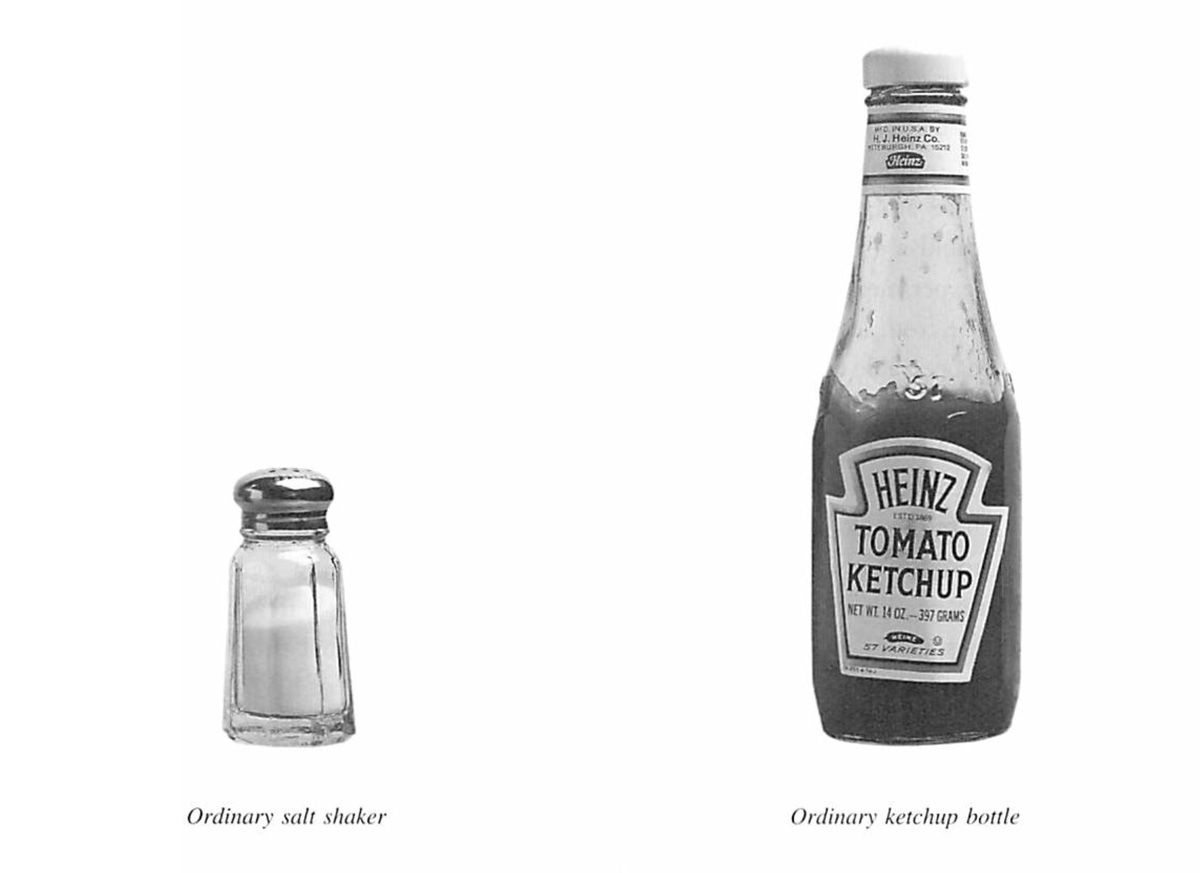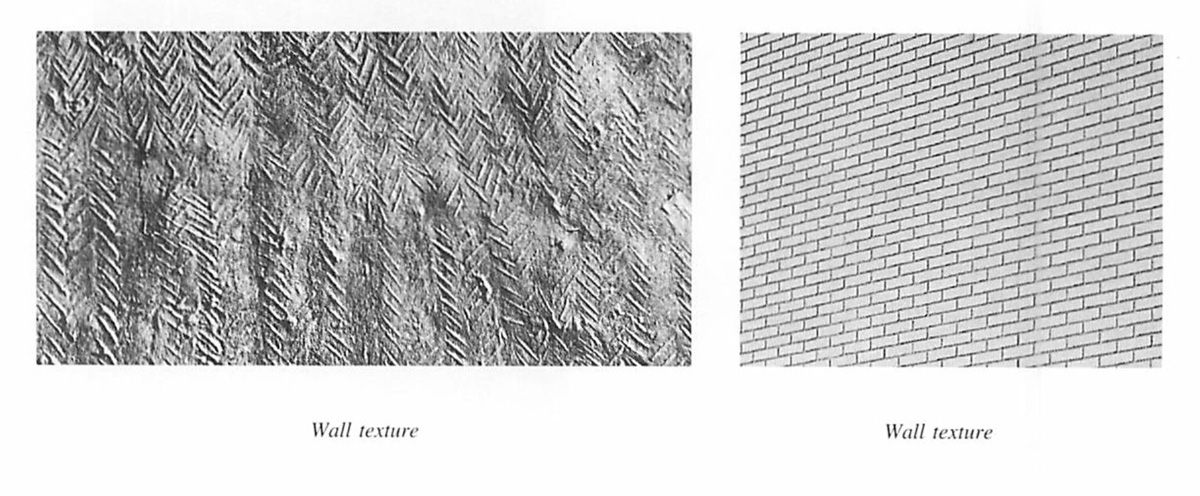I’m currently writing about my experience as a student in Building Beauty, a two-semester architecture program based on Christopher Alexander’s The Nature of Order.
Weeks ... ??? I know the week numbers; everything just feels like it’s blurring together. Julia and I have been caught in a cycle of over-scheduling: we’ll make too many plans, be forced to cancel some of them, then feel guilty about canceling and decide we need to stop planning so many things and take a quiet week at home by ourselves, during which we are so rejuvenated and buoyant that we overzealously make new plans, re-busying our future selves.
Nothing against plans! I guess I just want the cycle to feel less binge-y. I’m looking forward to the holiday break, and hope to be more intentional about it in the new year.
Mirrors of the Self
A couple of letters ago I talked about the “Which feels more alive?” question that Christopher Alexander starts this first Nature of Order book with. By the end of the book, he’s reworded and reframed this starting question, asking, now, Which of these two things is more like your own self?
Take a look at the pair below and ask
which of the two objects seems like a better picture of all of you, the whole of you: a picture which shows you as you are, with all your hopes, fears, weaknesses, glory and absurdity, and which – as far as possible – includes everything that you could ever hope to be. In other words, which comes closer to being a true picture of you in all your weakness and humanity; of the love in you, and the hate; of your youth and your age; of the good in you, and the bad; of your past, your present, and your future; of your dreams of what you hope to be, as well as what you are?

It might seem silly to ask those deep questions of condiment dispensers, but I think therein also lies its power: you can use the same question to evaluate anything, from a work of art up to a building, a city, between two already-extant objects or two potential design choices.
If you picked the salt shaker, you were in agreement with about 80 percent of people Alexander performed this mirror-of-the-self test on. The familiarity of the ketchup bottle for some of us might be a distraction in this case – it could be connected to memories, associations with foods, diners, capitalism, etc. Alexander’s asking us to peel back some of those associative layers and trying to identify which of the two, in terms of their shape and configuration – their structure – we respond on a deeper level to before we can even put words or memories to that response. His argument is that in many more cases than you would expect, even among a diverse group of people surveyed, you’ll find that there clear consensus.
Throughout the Nature of Order books, there are multiple versions of this mirror-of-the-self question, some more woo-woo, others less so. I’ve been keeping a running list of the variations Alexander uses (and others we’ve come up with in class), and I find that in aggregate they help me hone in on the feeling or quality of deep beauty or aliveness that he’s getting at. Here are a few:
- Which touches your soul most deeply?
- Which makes you experience life most deeply?
- Which expands your humanity more?
- Which would you rather be reincarnated as?
- Which is closer to God?
- Which would you caption with your own name?
- Which is more like a being?
Which “glows” more? - Which is more timeless – which would you not get sick of year after year?
- Which has more staying power?
- Which makes you feel more free?

Tomaž Žlender, a Building Beauty alumni, built a web-based tool to run these surveys, and he’s set me up with an account so I could run the tests with Sunday letter readers – you! I’ve taken a dozen of the image pairs from the book and uploaded them. You can go through pair-by-pair, and at the very end add optional notes about your choices (plus also-optional demographic info; otherwise it’s totally anonymous). It should take roughly 5–15 minutes total, depending on how much you write. Take the survey here (and feel free to have close friends or family take it too). (Update: Survey is now closed.)
I’ll leave the survey open for a week, then share the results and relevant notes in a future letter.